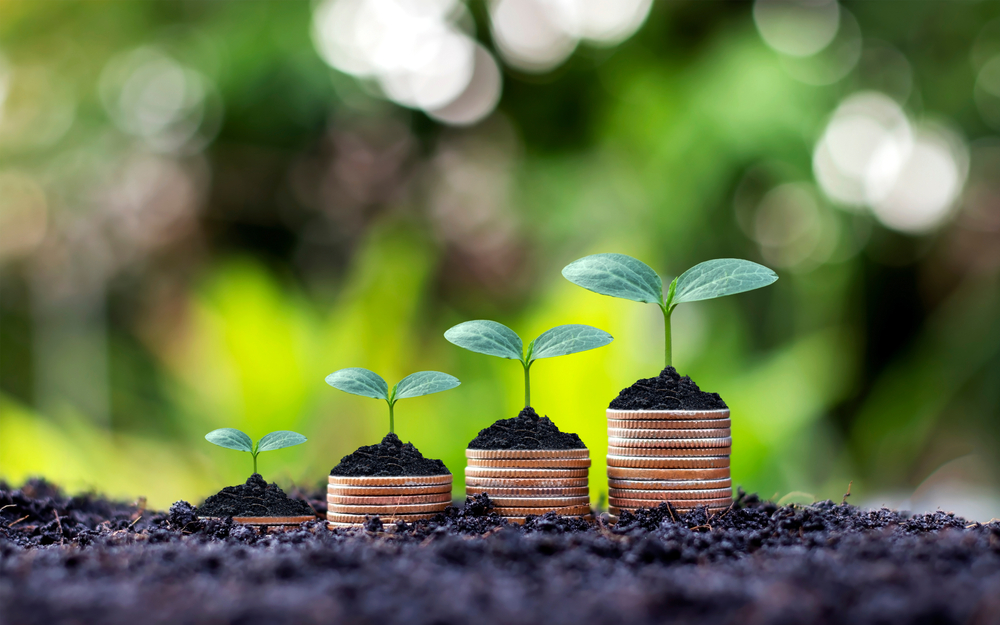GHG Emissions, Industrial, Sourcing Renewables - March 22, 2024
Nestlé Forestation Programs to Lower Emissions
Nestlé launched two new projects that are aimed at lowering and removing carbon emissions from its supply chains.
These projects were developed with suppliers Cargill and ETG | Beyond Beans and will contribute to the company’s commitment to reach net zero emissions by 2050.
The five-year projects will promote agroforestry, accelerate the transition to regenerative agriculture and support the reforestation of degraded lands around cocoa farming communities.
Different, multi-purpose species of shade trees will be distributed to farmers. Shade trees are used to help reduce the harsh effects of the sun and provide moisture-rich spaces for cocoa crops to survive during the dry season. They can also improve water management and enhance on-farm biodiversity, as well as absorb carbon from the atmosphere.
Collectively, the projects aim to plant over two million shade trees on land managed by close to 20,000 farmers in Ghana and Côte d'Ivoire. Together, the projects are estimated to deliver a reduction and removal of over 500,000 metric tons of carbon over a 20-year period.
"These projects are important milestones on our journey to net zero. We're working to address our emissions all the way to the farms we source from," said Darrell High, Global Cocoa Manager at Nestlé, in a statement. "Long-lasting forest protection can only happen when collaborating with fully committed suppliers, just like Cargill and ETG | Beyond Beans. We also depend on the participation of local communities, who have an impact on the forests and can help find land-use solutions that are best suited for the local reality."
Each project is set up with a monitoring plan that covers the project's lifetime. Those plans will track both the number of trees and the corresponding tons of carbon dioxide sequestered. This will help ensure verifiable and permanent carbon removals within Nestlé's supply chain.
High-resolution images from satellite monitoring will be used to help ensure that the trees planted continue to thrive over the long term.
Forests can absorb approximately 2.6 billion tons of carbon dioxide annually, which is the equivalent to one-third of the CO2 released from burning fossil fuels. More than two-thirds of Nestlé's GHG emissions come from sourcing its ingredients. Nestlé has committed to planting and growing 200 million trees in the regions it sources from globally by 2030.
Nestlé aims to reduce its absolute GHG emissions by 20% versus its 2018 baseline by 2025 and by 50% by 2030. In 2023, the company achieved a 13.58% net reduction in emissions.
Read These Related Articles:
- Renewable Energy Buyers' Principles adds 6 new participants to growing list of large-scale names
- Corporate renewable energy purchases taking hold in Michigan
- Ohio businesses push Legislature on clean energy
- Wal-Mart among corporate supporters of Missouri bill to allow power purchase agreements
- Nestlé outlines energy, sustainability goals
Stay Up-To-Date












